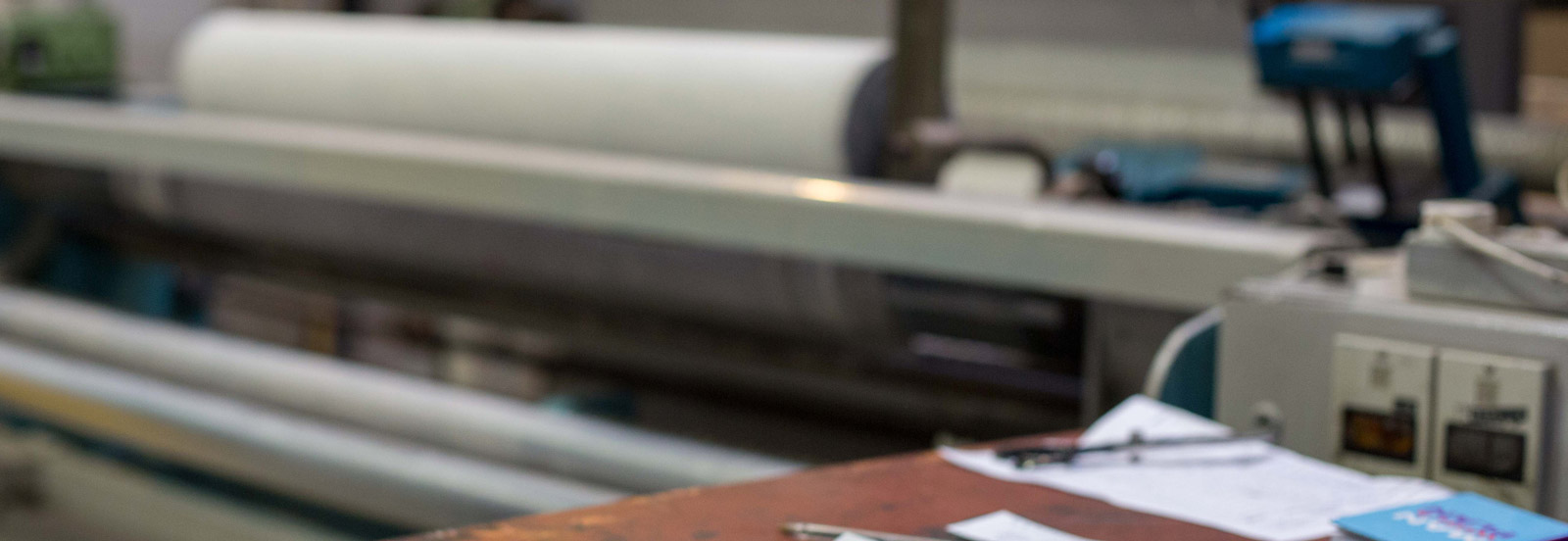22 Aug UK FFR cigarette test – is there a problem?
If you ask for a FFR schedule 4 part 1 cigarette or smoulder ignition test from a member of the UK Textile Laboratories Forum the test is made with a combination of the textile sample to be tested placed over a non-combustion-modified (non CM) foam.
A pass result will give a report that states the sample has met the requirements of this test, it is compliant with the requirements of the UK FFR. Manufacturers can make furniture with it, safe in the knowledge that it provides the necessary safety to the consumer.
But all is not what it seems.
If the sample fails the test they will then state that the sample fails to meet the requirements of the UK FFR or something similar. Clearly it cannot be used to produce furniture that is considered safe for the consumer.
The Problem is that the same sample may also be tested (at great expense) in a different combination of filling and textile sample – for instance using a low grade of combustion-modified foam filling – and, provided it meets the testing requirements, may also be described as meeting the requirements of the UK FFR and it can definitely be used to make furniture deemed to be safe for the consumer. (see points 1, 3, and 4 below)
Does it matter?
Well, yes. The following points should be taken into account:
- Guidance documents on the subject do actually state that a fail is not necessarily a fail (yes, really) i.e. the textile is not condemned as unusable by a fail test – although it may receive a report that says that.
- Guidance documents refer back to the “actual combinations” scenario – which is far from helpful and unrealistic in commerce.
- The UK FFR requires the schedule 4 test to be made over what are termed “actual combinations” of foam filling and textile sample. The non CM foam can hardly be called “actual” because it is illegal, according the UK FFR, to make furniture with non CM foam.
- The composite test in Schedule 4 takes into consideration the interaction between cover textile and foam filling in an ignition test. The UKTLF position requires us to accept that there is no physical difference between the effects of the use of non CM and CM foam. Fire science tells us that it is a bit more complicated than that.
- The use of a non CM foam filling in the schedule 4 tests is not as far as we are aware supported by properly presented evidence. Guidance documentation clearly states that the use of such filling material is based on an assumption.
- The Company requiring the test could order another and slightly different test based on a different choice of filling (at their own expense?)
- This problem is going to be much more acute in the future as the new approach to consumer safety is developed. Fails in the future will require recognition and corrective measures that are fully documented – and auditable.
- The FCOGP will increasingly require that fail results such as those described must be dealt with and corrective measures identified – this problem will become a greater issue in the future.
Can this be avoided?
There is a simple remedy.
Anyone submitting a sample of textile for testing to the requirements of schedule 4 part 1 should include in their instructions a phrase that clarifies this position:
“The schedule 4 test should be performed over a foam that meets the requirements of
UK FFR Part 1 Schedule 1, with a weight of 24 – 26 kg/m3.”
This is not a “cheat”.
Using this clarification of the test requirements will place the tests and their results in line with the rest of the UK FFR by specifying the filling to be used in the test and hence giving better consistency to testing procedures.
The tested textile sample can be described as meeting the requirements of the UK FFR.
It is important to understand.
A pass result, over the filling as specified, limits the use of the textile in furniture manufacture to CM foam filling of equal or better quality – and that, in reality, is not a problem.
Schedule 4 part 1 requires that the actual filling used in the test must be recorded as part of the report. Always check this point.
The use of Non CM foam in the Schedule 4 part 1 test may be described as an “overkill” in terms of worst case safety and certainly it is not a foam filling that can practically be legally used.



Sorry, the comment form is closed at this time.